To “storyboard the news” is to replace straight news reporting with a pre-shaped comic-book narrative, an edited fable sustained by selective reporting.
Victims of media fraud suffering from post-traumatic stress disorder will be excused for hearing the phrase as a riff on Guantanamo, that “storyboarding the news” occurs when the MSM submerges the facts underwater until the truth surrenders.

The truth about Honduras – such as why the so-called “coup” was not a coup at all – was left by the MSM on the cutting-room floor, edited out of the news reporting because it did not fit into the storyboard.
A storyboard is a sequence of pictures that tell a story, like a comic strip. In Hollywood or on Madison Avenue, the storyboard is used as a production guide for building a narrative. In the hands of the MSM, the narrative becomes a news fable in which what gets left out is just as important as what gets included, and the story is frequently written years before the events themselves unfold.
Hence, the 2009 Honduras news fable can be seen as a sequence of iconic images:
1. An enlightened reformer is elected by the people to take on a corrupt establishment:
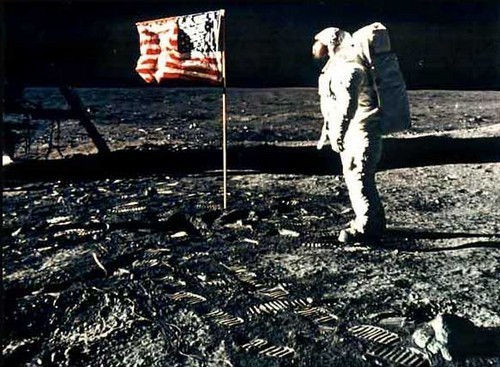
2. Though from a wealthy family, he tries to fight injustice, siding with the poor:
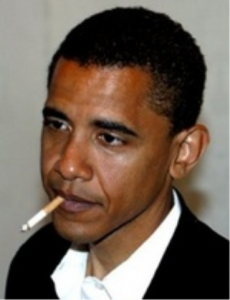
3. The rich and powerful exploiters turn against him:
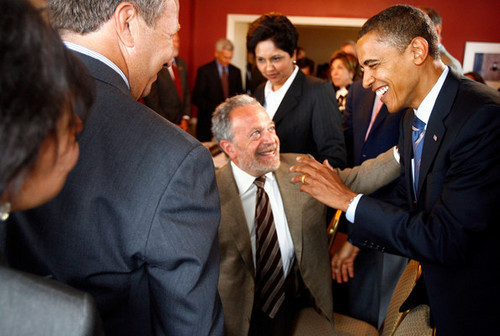
4. The armed forces, under the orders of the elite, stage a coup:
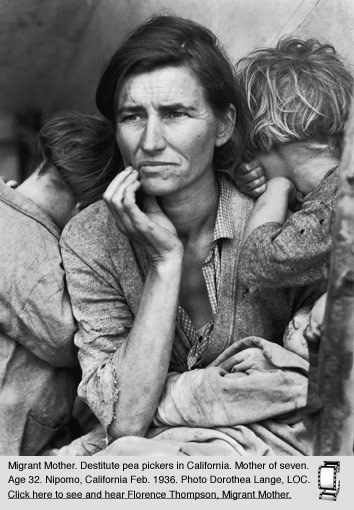
5. A military dictatorship is installed, unleashing brutal repression on the democratic forces:

6. The masses struggle to escape the boot of their oppressors.
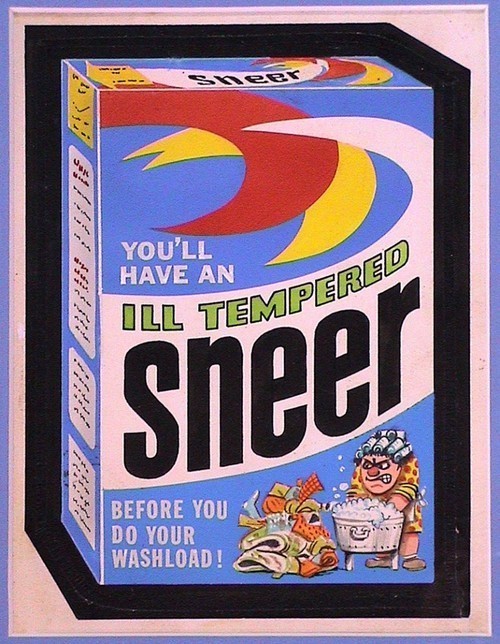
But that is not what happened.
The real story is that over the course of months, by abusing his power, attacking other institutions, and pushing forward with an illegal re-election plan, President Mel Zelaya generated a political crisis. As things came to a head in the final days of June 2009, the judiciary invoked the constitution (which is very different than that of the U.S.), which acted as it was designed to: it protected democracy by lawfully removing from office a miscreant president.
The ouster of Zelaya was overwhelmingly supported by all the major public and civil institutions of Honduras including the legislature, the judicial branch, the political parties, the Catholic Church, the Evangelical churches, the media, the private sector, and, yes, the armed forces (which under Article 272 of their constitution is assigned a legitimate role in protecting democracy in Honduras and preventing presidents from become dictators).
In arresting Mel Zelaya, the armed forces did not take matters into their own hands, but in fact executed a court order. Their work done, they exited the political stage and took no part in the civilian government that succeeded Zelaya.
Much has been made of the constitutional issue of Zelaya’s being physically expelled to Costa Rica, and we will talk about that in the days ahead. Prominent D.C. lawyer Miguel Estrada, who was born in Honduras, eschewed legalese in favor of a meatier idiom, when he had this to say: “Zelaya should not have been arbitrarily exiled from his homeland. That, however, does not mean he must be reinstalled as president. It merely makes him an indicted private citizen with a meritorious immigration beef against his country.” Other lawyers, such as the Honduran legal scholar, Octavio Sanchez, conclude that the Zelaya expulsion was a legal and prudent action. Readers may wish to review Articles 102, 62, 272 and 239 of the Honduran Constitution.
Following the constitutionally-mandated line of succession, the presiding officer of the legislature, Roberto Micheletti, was formally installed as president of the republic. A cabinet of civilians was formed. President Micheletti immediately announced that the presidential election already set to take place five months later would go forward without any changes and that he would not (indeed, could not) be a candidate. The presidential candidates had been chosen in primaries with huge popular turnouts months earlier.
For Washington, aside from a few solemn speeches about rule of law, that really should have been the end of it. And it might have been, except that the motor of the news narrative is not facts but pictures. The visual images had already taken up their positions on the MSM storyboard, beginning with the ousted Zelaya, forlorn in his pajamas:
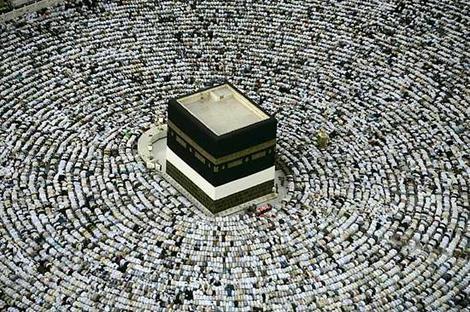 Zelaya in exile
Zelaya in exile
Throw in some photos of soldiers in uniform and splice in video of the airstrikes on the Chilean presidential palace in the 1973 overthrow of Salvador Allende, (as a June 29th report by Reuters did), and the narrative is complete.
The opening salvo by The New York Times (“In a Coup in Honduras, Ghosts of Past U.S. Policies”) revealed an MSM storyboard not much focused on the facts of Honduras but powerfully interested in a narrative about the evil history of the U.S. and whether the new administration would repent or repeat. For the MSM, the news is defined by the past.
That is a storyboard that President Obama knows well and, as the Harvard law school graduate seems to prefer, one that requires little prudence and scant knowledge of the specific case at hand.
So on the day after a unanimous (15-0) ruling of the Honduran Supreme Court, a majority being justices from Mel Zelaya’s own party including those appointed to the court by Zelaya himself, U.S. President Barack Obama declared to a TV news camera that the Honduran “coup” was “not legal.”
No evidence was presented nor expected. On an MSM storyboard, balanced legal analysis is confusing, it hobbles the narrative. An easier fit is to offer news converted into a comic strip. Only pictures matter.
Video of foreign leaders denouncing a coup fits perfectly on a storyboard, while a dull legal document in Spanish does not. Indeed, Hugo Chavez seized control of the narrative, declaring “we cannot allow a return to the past, we will not permit it.” To which Barack Obama echoed, “it would be a terrible precedent if we started moving backwards.
Yet despite the efforts of the United States to bludgeon Honduras into obedience, the small country stood firm against the superpower and freely elected a new government on November 29, 2009.
It may not fit into the MSM news fable, but seeing Tegucigalpa refuse to yield to Washington, after the White House yielded to Caracas, is something new and important in the hemisphere, and just one of a host of major news stories born from the Honduras crisis but storyboarded out of existence.
Until now, that is. Stay tuned.
Author’s note: As it is known in Honduras that president-elect Porfirio Lobo is a longtime client of mine and a friend, as is also a past president of Honduras, I wish to make explicit that my analysis published here was not discussed with them nor with any Honduran official, and that what I write on this topic should not be construed as anyone’s views but my own.
COMMENTS
Please let us know if you're having issues with commenting.